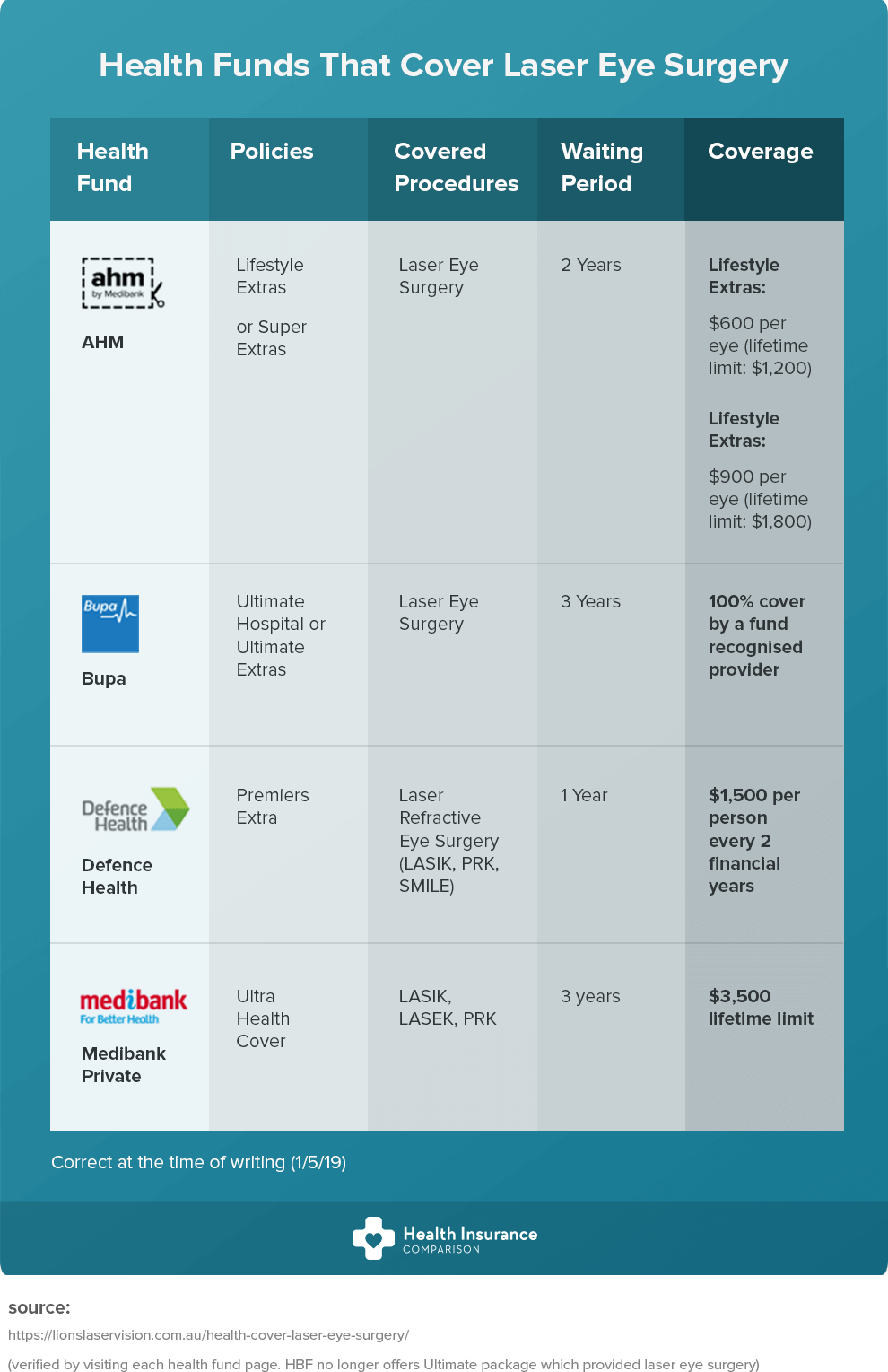Did you know that the development of glaucoma therapy methods covers centuries, including both conventional remedies and sophisticated advancements? From Corrective Lenses For Astigmatism to advanced Minimally Invasive Glaucoma Surgical procedure techniques, the range of options is substantial. As you explore the intricacies of standard versus ingenious methods, you may reveal shocking understandings that challenge traditional viewpoints on treating this prevalent eye problem.
Historical Advancement of Glaucoma Treatments
The historical advancement of glaucoma therapies goes back to old civilizations where different solutions were made use of to handle the condition. In look at this website , for instance, therapies involved a mix of honey, fat, and sour milk put on the eyes. The Greeks and Romans also added to early glaucoma treatments with a concentrate on topical applications and dietary interventions. Throughout background, varied societies developed distinct approaches to minimize the symptoms of glaucoma, typically rooted in herbal remedies and superstitious notions.
As time progressed, developments in medical expertise resulted in even more systematic approaches to treating glaucoma. In the Middle Ages, Arabic scholars made substantial payments by examining the makeup of the eye and developing medical methods to attend to eye conditions. These very early developments laid the structure for modern glaucoma treatments that we've today. Understanding the historical context of glaucoma therapies provides useful insights into the constant development and refinement of clinical practices over the centuries.
Comparison of Typical Techniques
In contrasting standard methods for treating glaucoma, consider the historical contexts and effectiveness of different solutions.
Standard treatments for glaucoma have developed over centuries, from ancient techniques like using honey and a glass of wine to extra recent developments such as eye declines and surgeries. Historically, remedies like the application of leeches or herbal mixtures were used to minimize signs, but their efficiency was limited.
As time advanced, techniques like iridectomy, where a part of the iris is eliminated, came to be prominent for decreasing intraocular stress. Some standard methods, like utilizing oral medicines to minimize eye stress, have stood the test of time and are still made use of today. However, these therapies often include adverse effects and may not be as effective as modern choices.
It's essential to weigh the historical importance of traditional glaucoma therapies versus their efficiency in the context of existing clinical innovations.
Evaluation of Innovative Therapy Methods
Considering the developing landscape of glaucoma therapy, innovative techniques are transforming the method this eye problem is taken care of.
One noteworthy improvement is minimally invasive glaucoma surgical procedure (MIGS), which supplies a less invasive alternative to conventional surgical procedures. MIGS intends to reduce intraocular pressure by improving the eye's natural drain system, bring about fewer complications and faster recuperation times compared to conventional surgical procedures.
Furthermore, the growth of sustained-release medicine shipment systems has given a more effective method to provide glaucoma medication. These systems can launch drug slowly over a prolonged duration, enhancing client adherence and minimizing the frequency of eye declines.
In addition, arising technologies like selective laser trabeculoplasty (SLT) offer a non-invasive option for decreasing intraocular stress by targeting particular cells in the eye's water drainage system.
Verdict
As you reflect on the advancement of glaucoma treatments, you can see how traditional methods have paved the way for cutting-edge methods to arise.
From old treatments to modern improvements, the journey of treating this facility eye condition has resembled a rollercoaster experience.
But with brand-new strategies like MIGS and sustained-release drug shipment, the future appearances brighter than ever for patients seeking reliable and less intrusive options.
